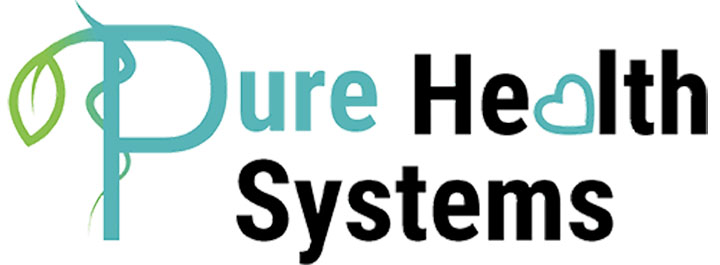( a complete paper may be available upon request)
1) The Effect of Maitake Medicinal Mushrooms on Liver and Serum Lipids
Alternative Therapies, September 1996, Vol. 2, No. 5, P.62-66
(Abstract)
The ability to prevent disturbances in lipid metabolism may contribute to a lessening of cardiovascular risk factors, especially in people whose diet consists of foods that are high in fats, sugars, and simple carbohydrates. It has been reported that some medicinal mushrooms in the Basidiomycetes class decrease serum cholesterol concentrations. In 1964, Kaneda et al found that eritadenine in shiitake (Lentinus edodes) lowers serum cholesterol concentrations in rats. It also has been reported that hiratake (Pleurotus ostreatus) has serum cholesterol-lowering ability, and that mannentake (Ganoderma lucidum) lowers blood pressure and serum cholesterol concentration in spontaneously hypertensive rats. Researchers also have discussed maitake medicinal mushroom effects against hypertension and diabetes. In those experiments it was observed that increase in body weight was significantly less in maitake-fed groups than in basic-feed groups. In the following study, experimental animal models with hyperlipidemia were prepared in order to examine maitake’s activity on the lipid metabolism in relation to the effect of inhibiting body weight increase by maitake.
2) Anti-hyperliposis Effect of Maitake Fruit Body (Grifola frondosa).I
Biol. Pharm. Bull. 20(7):781-785(1997)
(Abstract)
Experimental rat models (5-weeks-old Sprague-Dawley rats) with hyperlipemia were prepared by feeding high-cholesterol feed containing sodium cholate and casein as a protein source. Dried maitake (Grifola frondosa) powder was mixed with the basic high-cholesterol feed and the serum lipids were periodically measured. Values of cholesterol, triglyceride and phospholipid in serum of rats in the maitake-feed group were suppressed by 0.3-0.8 times those in animals fed the basic feed, the latter values being close to those in rats given normal feed. The value of high density lipoprotein (HDL) – cholesterol in serum which is generally reduced by the ingestion of high – cholesterol feed remained the level it was at the beginning of the experiment. Weights of extirpated liver and epididymal fat-pads were significantly less (0.6-0.7 times) than those in the basic feed group, indicating that maitake inhibits lipid accumulation in the body. Liver lipids were also measured and the vlues were found to be decreased by maitake administration as true of serum lipid, suggesting maitake has an anti-liver lipid activity. Measurement of the amount of total cholesterol and bile acid in feces showed, the ratio of cholesterol-excretion had increased 1.8 times and bile acid-excretion 3 fold by maitake treatment. From these results, it is believed that maitake helps to improve the lipid the metabolism as it inhibits both liver lipid and serum lipid which are increased by the ingestion of high-fat feed.
3) Functional Properties of Edible Mushrooms.
Nutr. Rev. 1996 Nov;54(11 Pt 2):S91-3
Chang R.
Department of Medicine, Memorial Sloan-Kettering Cancer Center, New York, USA
(Abstract)
Edible mushrooms such as shiitake may have important salutary effects on health or even in treating disease. A mushroom characteristically contains many different bioactive compounds with diveres biological activity, and the content and bioactivity of these compounds depend on how the mushroom is prepared and consumed. It is estimated that approximately 50% of the anunal 5 million metric tons of cultivated edible mushrooms contain functional “nutraceutical” or medicinal properties. In order of decreasing cultivited tonnage, Lentinus (shiitake), Pleurotus (oyster), Auricularia (mu-er), Flammulina (enokitake), Tremella (yin-er), Hericium, and Grifola (maitake) mushrooms have various degrees of immunomodulatory, lipid-lowerinhg, antitumor, and other beneficial or therapeutic health effects without any significant toxicity. Although the data for this functional food class are not as strong as those for other functional foods such as cruciferous vegetables, because of their potential usefulness in preventing or treating serious health conditions such as cancer, acquired immune deficiency syndrome (AIDS), and hypercholesterolemia, functional mushrooms deserve furthur serious investigation. Additionally, there is a need for epidemiological evidence of the role of this functional food class.
Mushroom Research-2
